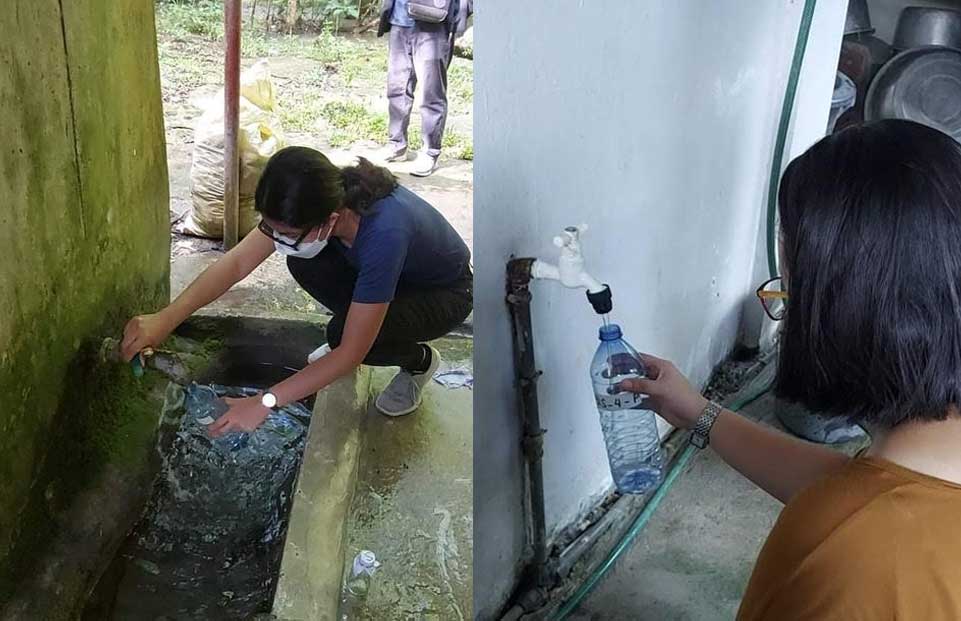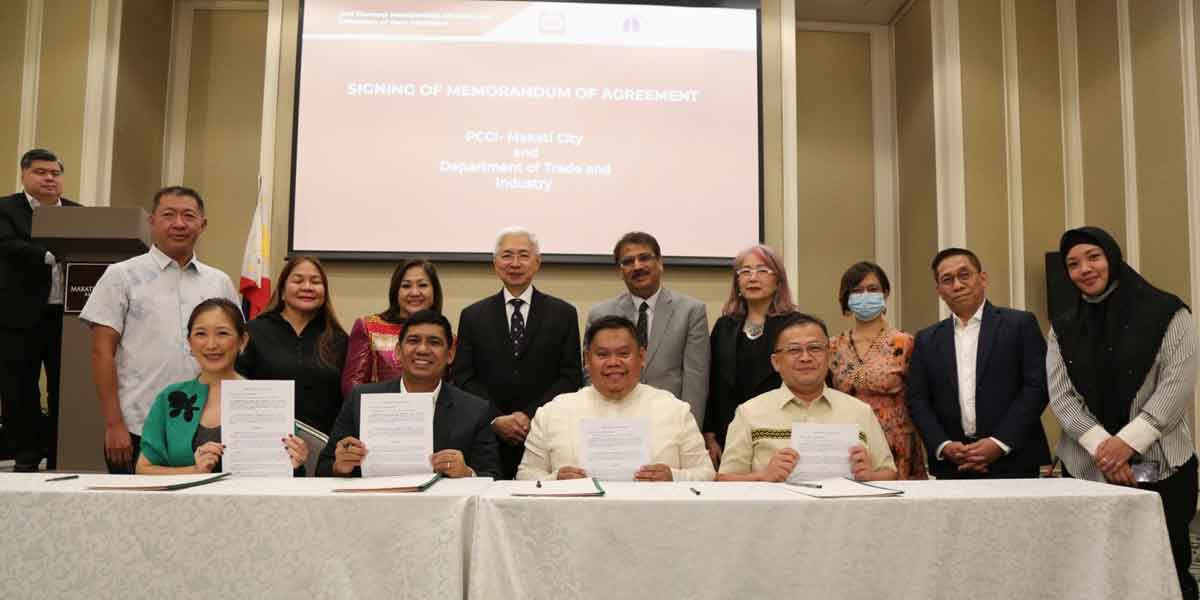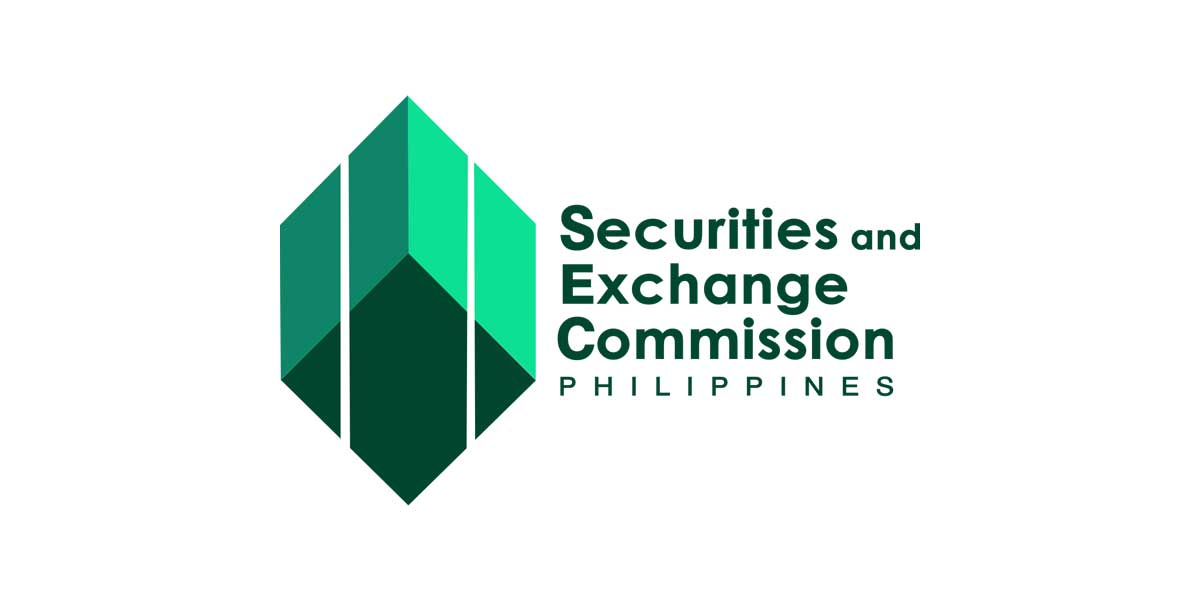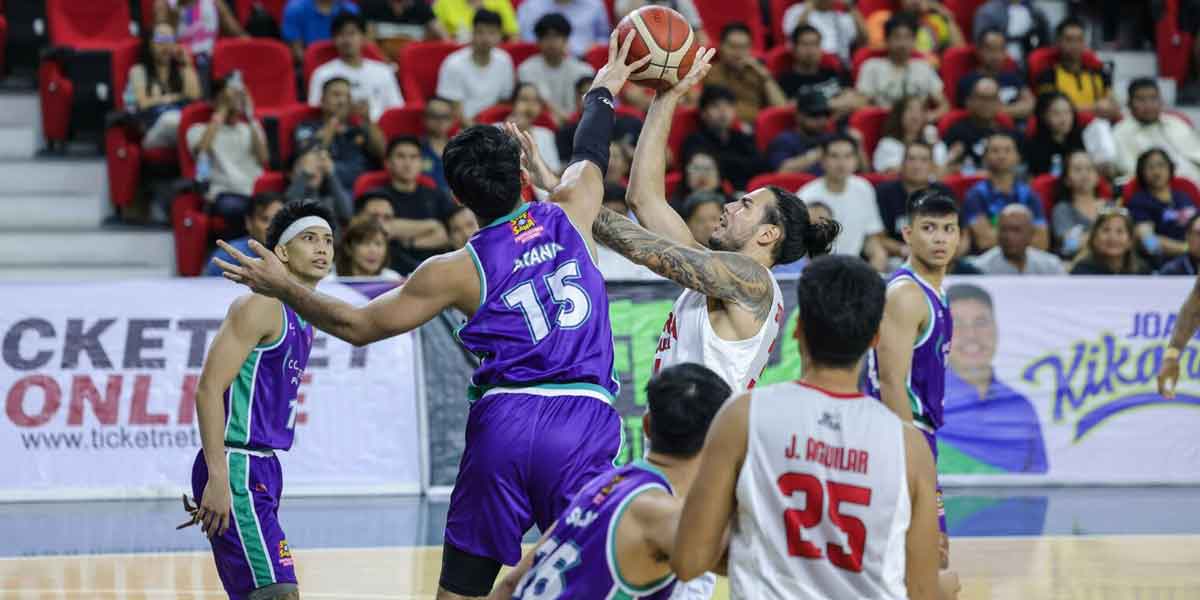
By Dennis C. Ong
Clean drinking water is a basic element for a person’s survival. It is for this reason that water provisioning is not only an issue of access, but ensuring good water quality is as important for every household’s health and wellbeing.
Much has improved in terms of access to safe and clean drinking water under the Millennium Development Goals, with about 96% of the global urban population and 84% of the rural population using improved drinking water sources (Mkwate, Chidya, & Wanda, 2017). On the other hand, about one billion people still have difficulty in accessing improved water source (Amit & Sasidharan, 2019).
The island of Guimaras is no exception to this, having unevenly distributed water catchments across its municipalities. Fortunately, Level 2 and 3 water provisioning are in place in the province, and, particularly for Level 3 distribution systems, supply of good quality drinking water is ensured by water providers so that diseases associated with water quality are prevented.
However, at the point-of-use where the consumers receive the water, various factors may contribute to possible contamination of the household’s water supply.
For this reason, UP Visayas, through its CHED-funded project entitled “Where Water Flows: Characterizing domestic water and the institutional arrangements for provisioning and access in two Visayas island-setting”, conducted its characterization of the point-of-use water quality in selected barangays in Guimaras.
Water samples from 15 selected sites in the municipalities of Guimaras were collected and tested during the dry season in March 2019 and March 2020, as well as during the wet season in October 2019 and October 2021.
Survey on household practices and drinking water preference were also conducted, where information on the types of distribution system present, water allocation per type of household activity, and sources of drinking water were collected.
The results of the laboratory analyses of the water samples were presented to concerned Guimaras constituents during the Validation Activity of the project held last February 23, 2022 at San Miguel, Jordan, Guimaras.
Among the physical and chemical parameters tested, those that were observed to have exceeded the maximum allowable limit set by the Philippine National Standards for Drinking Water were alkalinity, total hardness, chloride, conductivity, and total dissolved solids. The results may generally be attributed to the island’s geologic profile which is mainly limestone. These parameters are indications of the presence of minerals, such as calcium and magnesium carbonates, bicarbonates, as well as other inorganic suspended or dissolved compounds, in the water samples.
For the more critical bacteriological analyses, failed results were observed from the water samples coming from Level 2 and 3 distribution systems that are dependent on spring water source. This indicates the presence of live microorganisms in the water samples, and highlights the need for disinfection as a minimum requirement prior to water distribution to communities.
In the case of Level 3 distribution systems with treatment process set up by water providers, failed bacteriological results warrant further investigation at point-of-use to determine the possible causes of contamination and implement interventions to address possible health risks.
Interestingly, the survey results of the project revealed that none of the respondents actually use the water from the tap for drinking purpose. Households would rather buy purified water from water refilling stations for their drinking water needs, even if it entails additional cost.
Among the activities where tap water is used are cooking, cleaning, washing, personal hygiene, and watering plants. If this tap water comes from the treatment facilities of the water providers, then this is an issue of underutilization of the water that has undergone treatment procedures, which at the very least include disinfection, since water providers are mandated to ensure that the water that they distribute already passed the standards for drinking water quality.
However, for households dependent on the Level 2 distribution systems with no disinfection step in place, their purchase of drinking water from water refilling stations may be a good choice since failed bacteriological analysis would mean risk of catching water-borne diseases.
The project’s findings revealed that there are still a lot of work to be done in terms of water provisioning. Nevertheless, implementation of effective institutional arrangements to ensure access to water supply, as well as continued adherence to water quality standards by water providers and households alike, bring us closer to the goal of providing each member of our communities safe and clean drinking water.
(The author is an Assistant Professor of UP Visayas and Project Staff 3 of the Where Water Flows Project)
References:
Amit, R. K., & Sasidharan, S. (2019). Measuring affordability of access to clean water: A coping cost approach. Resources, Conservation and Recycling, 141, 410–417. https://doi.org/10.1016/j.resconrec.2018.11.003
Department of Health. (2017). DOH Administrative Order No 2017-0010: Philippine National Standards for Drinking Water of 2017. 1–37.
Mkwate, R. C., Chidya, R. C. G., & Wanda, E. M. M. (2017). Assessment of drinking water quality and rural household water treatment in Balaka District, Malawi. Physics and Chemistry of the Earth, 100, 353–362. https://doi.org/10.1016/j.pce.2016.10.006



















